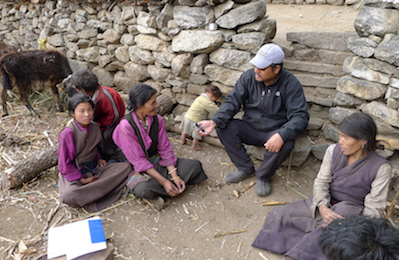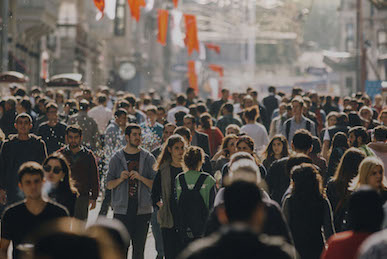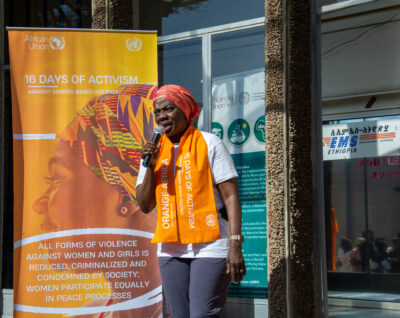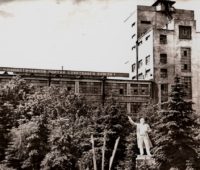Maria Taylor’s examination of greenspace in Soviet urban planning is especially timely in its discussion of unequal access to parks and open space, and awareness of the political resonance of that inequality. Expressive of Soviet ideals of socialist modernity, the “garden-factories” were intended to signal support for industrial productivity, worker dignity, as well as the aesthetic, social, and hygienic mediation between industrial hazards (environmental and otherwise) and workers’ health. Conceived and designed to convey “care for workers,” factory green sites had an important political role to play in the Soviet Union—“greenwashing” rapid industrialization, but also offering up a distinctly Soviet urban theory and practice that nurtured a certain relationship between nature, the built environment, politicization, and mass protest.














